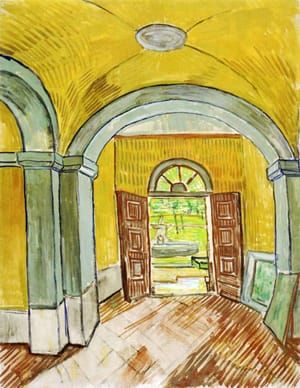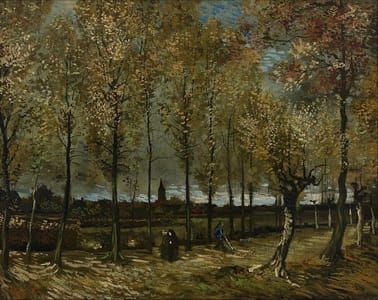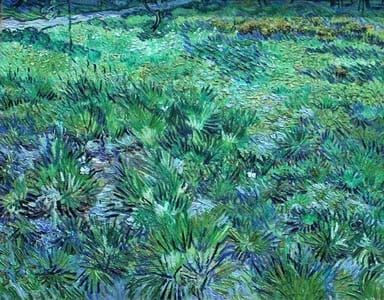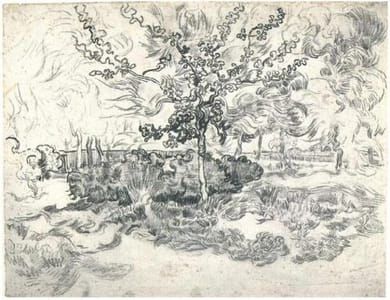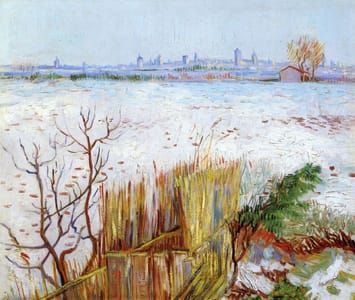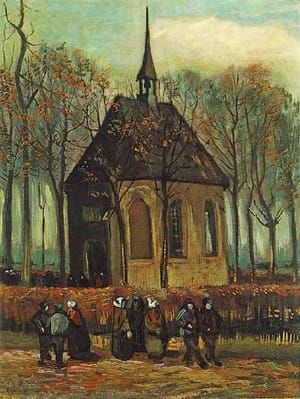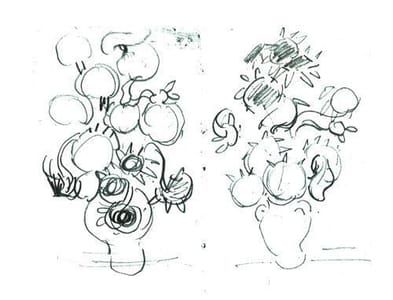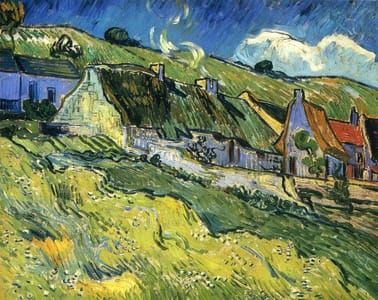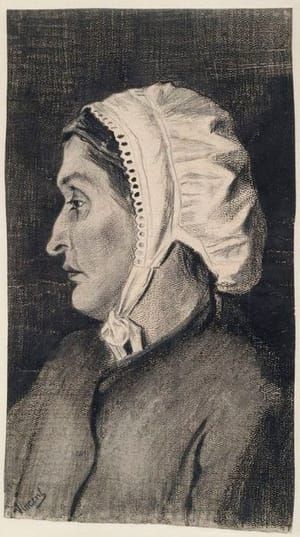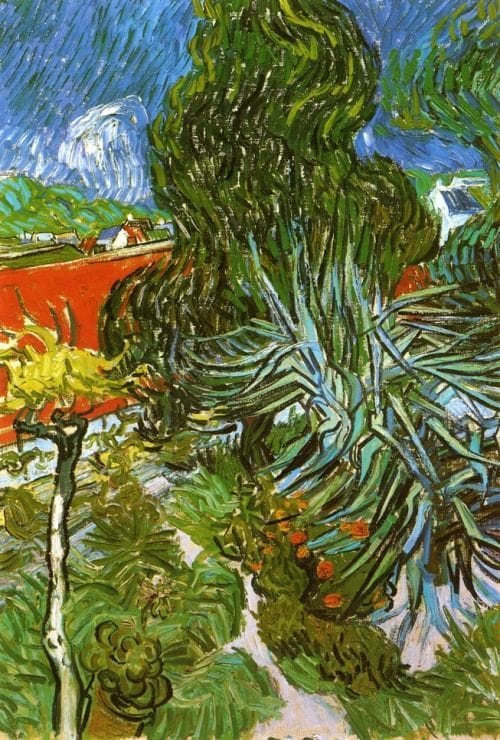

Dr Gachet's Garden in Auvers, 1890
Vincent van Gogh
Dr. Gachet's Garden in Auvers and Marguerite Gachet in the Garden were both painted in 1890 by Vincent van Gogh in the gardens of his homeopathic physician, Dr. Paul Gachet. Both paintings reside at the Musée d'Orsay.
Following a year's stay at an asylum in Saint-Rémy, Van Gogh left the hospital in May 1890 for Paris[1] where he had a three-day stay with his brother, Theo, Theo's wife Johanna and their new baby Vincent. From there he went to Auvers-sur-Oise.[2] Van Gogh left Saint-Rémy to come to Auvers to be near his brother, but away from the bustle of the city.
...Van Gogh derived enjoyment from gardens; from his father’s garden in the Netherlands, the garden he created at his London rental property when he was an art dealer there, to the many paintings that he made of flowers and other gardens. When he integrated Impressionism into his work, his interest in gardens are depicted in the gardens of the Arles hospital, Saint-Rémy asylum and the gardens of Charles Daubigny and Dr. Paul Gachet in Auvers.[6]
Van Gogh wrote many letters to his brother Theo and Willemina about gardening ideas, color harmonies and the benefits of working in a garden. Known for his works of sunflowers, he also made paintings with red poppies, grasses, irises and other garden plants. The colors used in the paintings may have been suggestive of his mood. When depressed, he painted "ghostly white-hooded arums." When he was in good mood he used bright colors, such as vibrant pink oleanders. During times of inner turmoil, “dark green spire like cypresses writhing with energy and contorted olive trees vibrant with silvery leaves.[6]
To his sister, Wil, Van Gogh advised her to cultivate her own garden, like Voltaire's Candide, to find joy and meaning in life.
(https://en.wikipedia.org/wiki/Doctor_Gachet's_Garden_in_Auvers)
© 1890 Vincent van Gogh
Vincent van Gogh
artistArthur
coming soon
